Social Distancing: Here’s What You Should (and Shouldn’t) Do
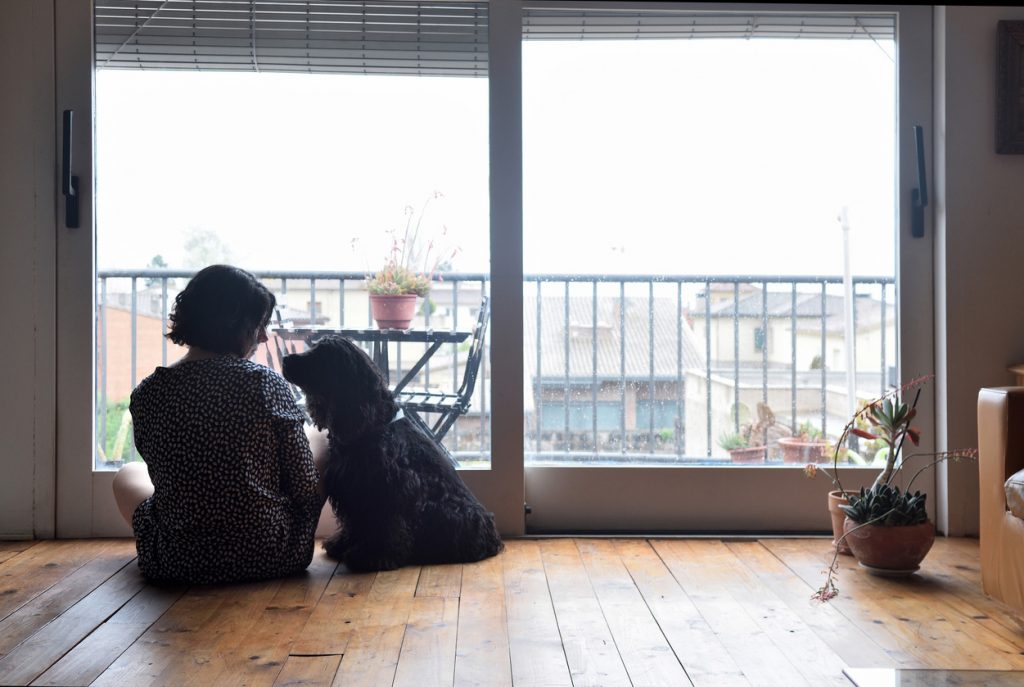
We’re living in strange times, and it’s completely natural to feel anxious about all that’s going on in the world. We’re moms, after all, worry is sort of hardwired in us at the best of times. As we face the current COVID-19 pandemic, the Canadian government has made a number of recommendations to help stop the spread of the virus: social distancing for everyone, self-isolation after international travel or potential exposure, and full isolation if you have a confirmed or probable diagnosis of COVID-19.
Yes, that’s a lot of medical jargon to process and if you’re feeling confused or overwhelmed, you’re definitely not alone. Knowing this, we’ve gathered some helpful information to help your family successfully follow guidelines and stay healthy.
Remember, we’re all in this together and if every family does what they can to minimize risk, we’ll be able to flatten the curve. For up-to-date facts and guidelines, please visit the website of your local health authority, the World Health Organization or the CDC page for COVID-19.
Should my family and I be social distancing?
Yes. We all should be social distancing at this point regardless of our age, location, health or other factors. This is based on recommendations from Canada’s top doctors and was just reiterated by the Prime Minister.
What is the difference between social distancing, self-monitoring, self-isolation and other terms?
Here’s a really clear and helpful chart from Health Canada that outlines the specific differences between these medical terms, including when it’s appropriate to enact each measure. In short:
Self-distancing is the act of avoiding unnecessary physical contact with others (more on that below). Self-monitoring involves actively checking for symptoms.
Self-isolation (or quarantine) involves staying at home due to potential exposure (i.e. recent travel or exposure to a person who has the virus).
Full isolation is what happens when you yourself have the virus (or a probable diagnosis based on symptoms) and is the strictest measure. These measures can also overlap somewhat – i.e., a person may self-monitor while quarantined.
My family is practicing social distancing. What can we safely do, and what should we avoid?
Social distancing, at its core, means staying away from other people. It’s a proactive measure to reduce your contact with others in an effort to minimize transmission and slow the spread of this virus. If no one in your immediate family has travelled outside of Canada or had any known exposure to COVID-19, you aren’t expected to isolate yourself from your kids or spouse. That said, you should definitely reduce contact with other people (the recommended minimum distance between individuals while social distancing is about six feet, or two metres). This is easiest to achieve if you stay home. However, there are questions about what actually constitutes social distancing, so here’s an overview:
DO NOT:
- Shake hands, hug or have any other kind of physical contact with people outside your household (this means EVERYONE, including your friends and extended family members)
- Spend time with groups of people (especially large groups)
- Work out at a fitness centre or attend any sporting events (even local/children’s sports)
- Attend public events (concerts, movies, religious services, etc)
- Visit community spaces such as libraries, swimming pools, rec centres, casinos, art galleries, museums, etc (many of these places have already closed temporarily)
- Attend private events (i.e. weddings or birthday parties)
- Go to indoor playgrounds, activity venues or waterparks
- Have playdates at your house OR send your child on playdates
- Use play equipment in public parks
- Go shopping for non-essential items or eat in a restaurant
- Take public transit unless absolutely necessary
- Visit the elderly or other vulnerable populations
DO:
- Hang out in your backyard
- Phone and video chat with family and friends to maintain social connections
- Take a walk around the block or go for a bike ride (again, while maintaining a safe distance)
- Walk through a conservation area or public park (do not use communal play equipment)
- Order delivery from a restaurant (ask them to leave it on the porch instead of handing it to you)
- Give yourself permission to scrap family limits on screen time (no mom guilt allowed!)
- Shop for necessities such as food and toiletries (maintain that distance and wash hands/sanitize)
- Check on your elderly neighbours (while maintaining a safe distance)
- Spend time together as a family (here are some great ideas for social distancing with kids)
- Attempt to homeschool your kids (or not)
Some things are not recommended but admittedly hard to avoid, such as going to work or sending your child to daycare. If you do go out in public because it’s absolutely necessary (to buy groceries, for example, or if you cannot work from home), please take precautions. You should remain a minimum of two metres away from other people at all times, wash your hands frequently and apply hand sanitizer. If you cough or sneeze, do so into your bent elbow. And did we mention washing your hands? Seriously, it’s incredibly important. Do it for at least 20 seconds every time and be sure to thoroughly lather and rinse each finger.
What do I do if someone in my family shows symptoms of COVID-19?
The answer to this question varies somewhat from province to province, so we recommend looking at the official guidelines for your area. In Ontario, for example, it’s recommended that you call Telehealth or your local public health unit to receive instruction (do NOT go to the hospital or a walk-in clinic without calling first). Please visit your province or municipality’s official website for accurate information in your region.
There’s a lot of misinformation being shared online (hello, inaccurate Coronavirus graphics on Facebook!), so please stick to reliable sources such as the ones we’ve linked to in this post. Facts are always, always better than fear-mongering or panic, so let’s stay calm and support one another. With the diligent work of global experts, some community effort and a little patience, everything is going to be ok.


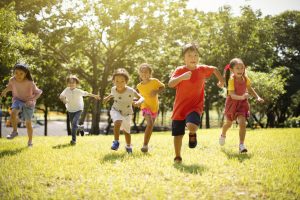




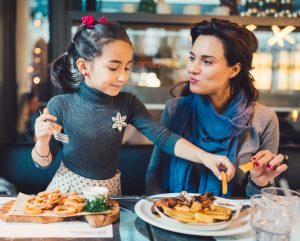


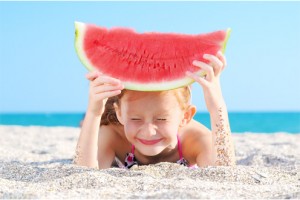


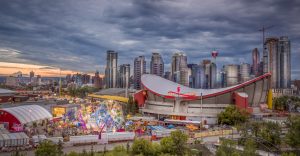
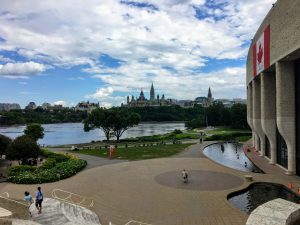
Thank you for this article on social-distancing with very practical examples. Some people don’t really get it and your list is so helpful!
Great info … thanks for sharing